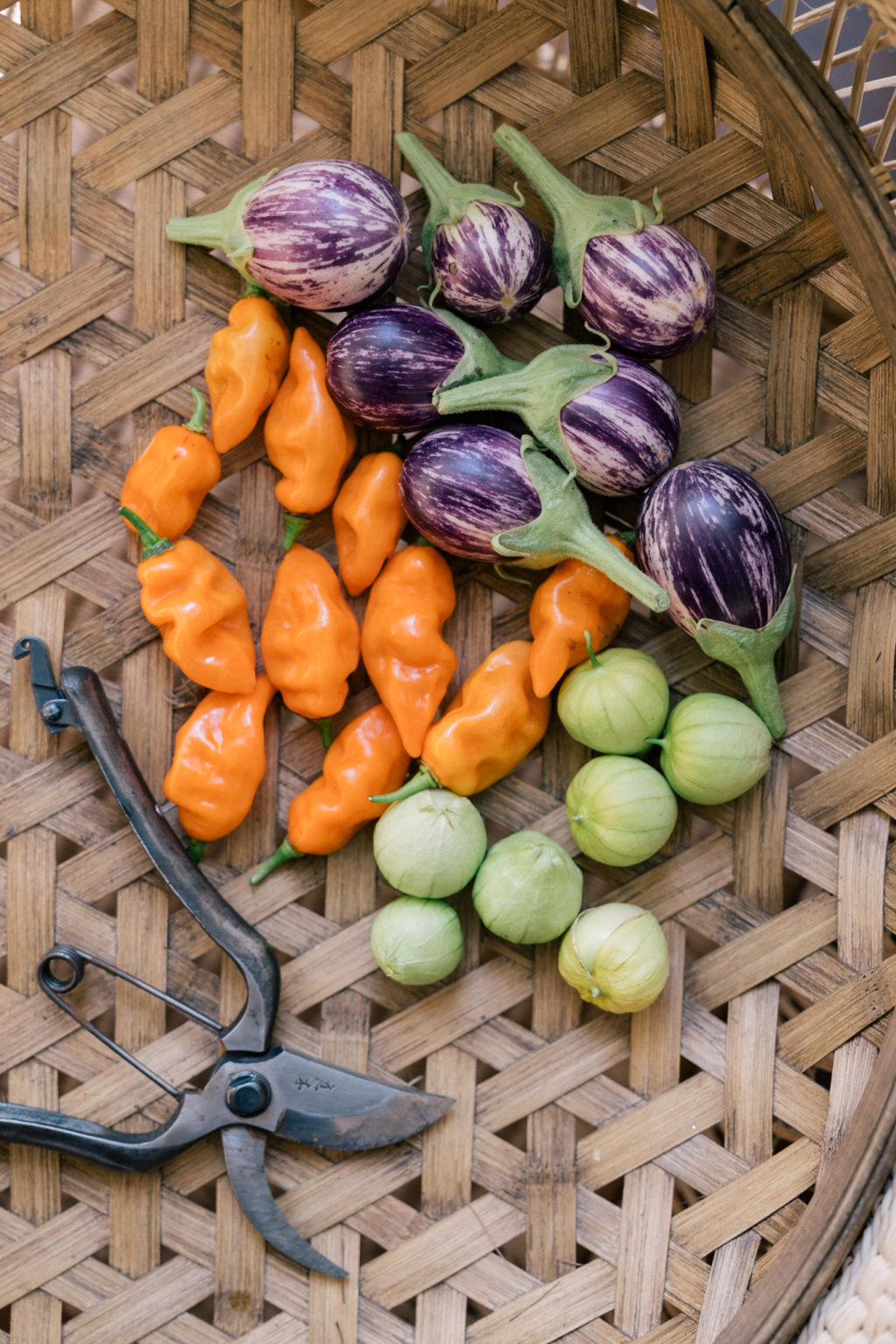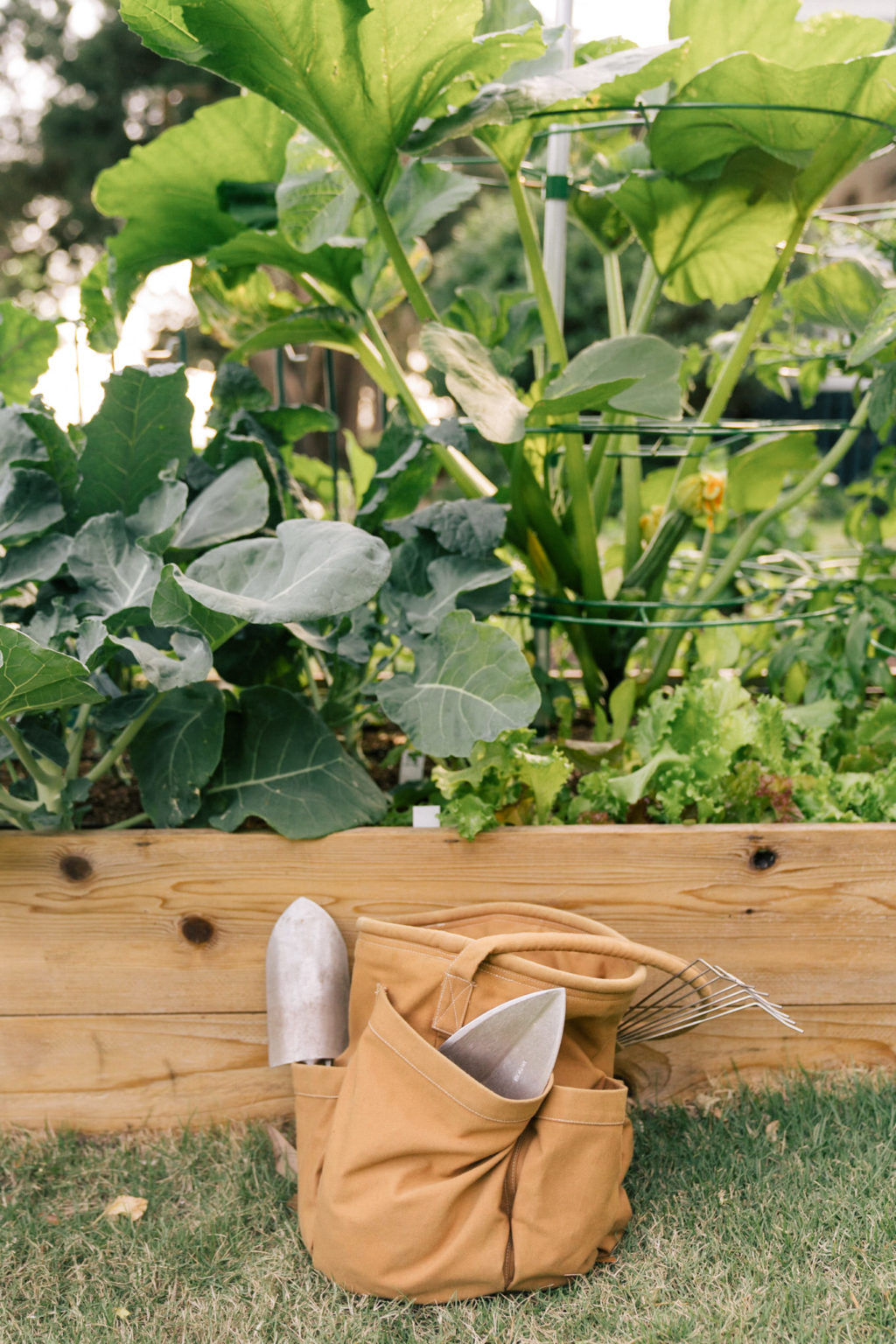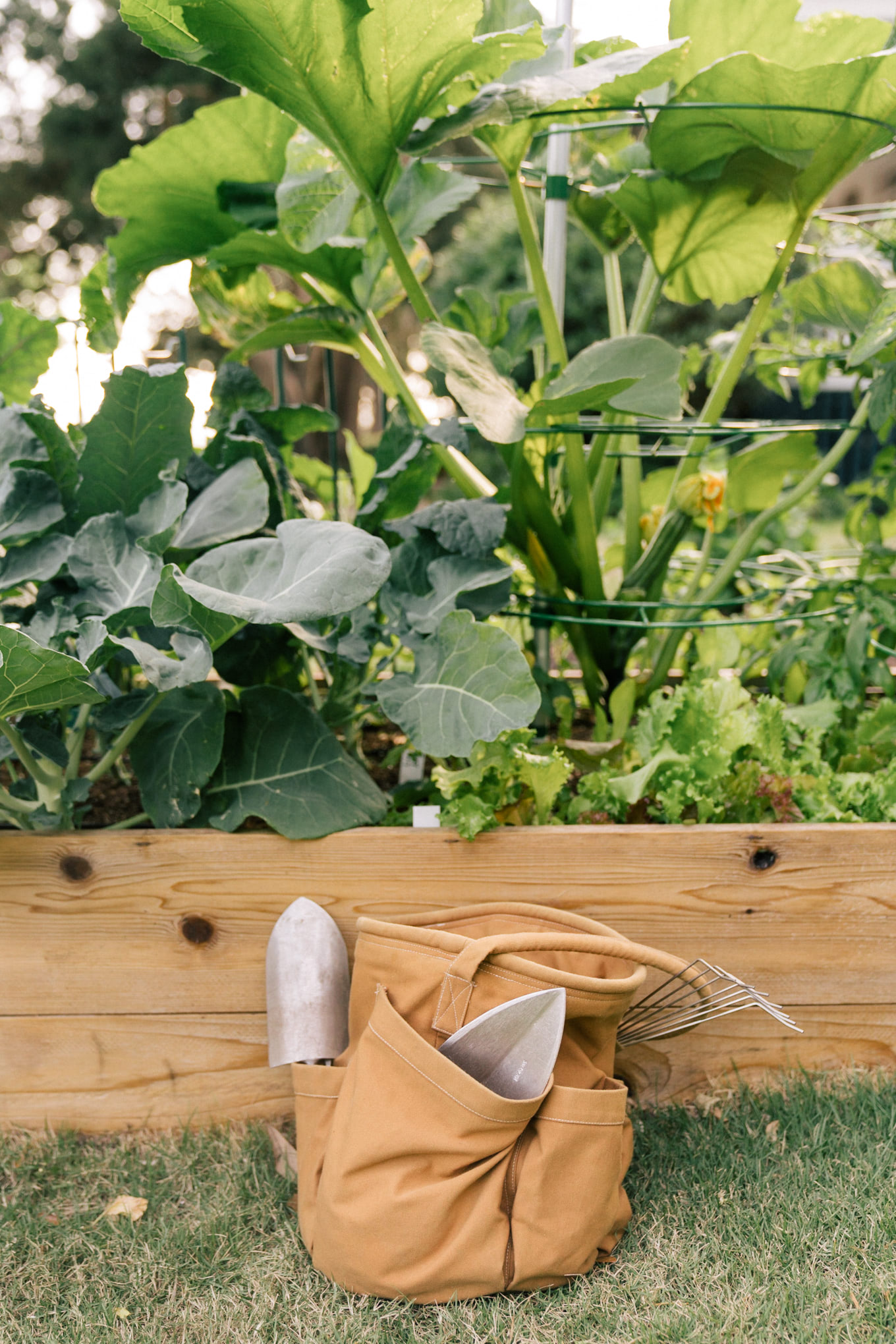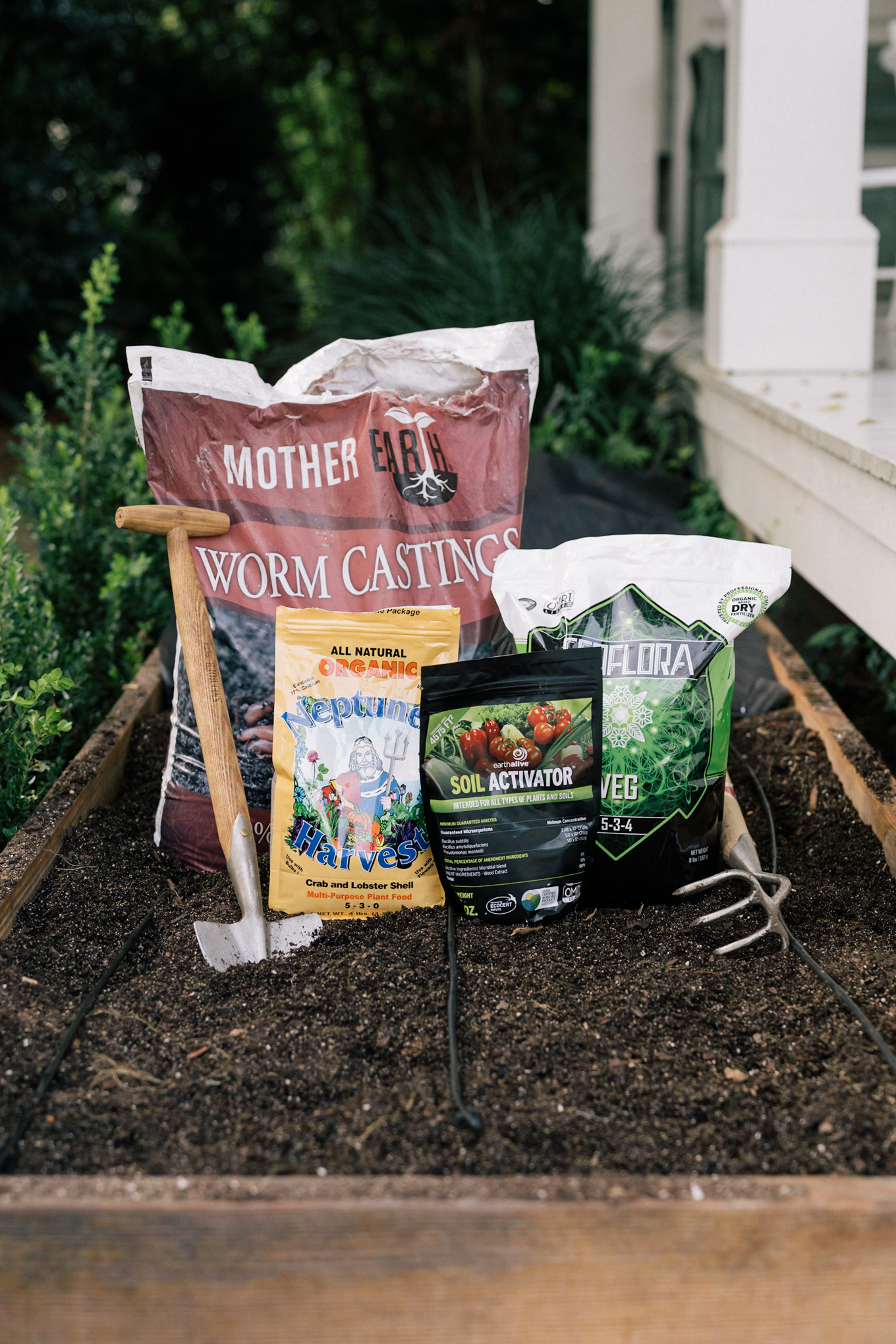#DMTBeautySpot #beauty


Gardening had a big year this year. For most of us (that don’t live in the coldest areas of the world), there’s no reason why it needs to end with the final harvesting of our summer vegetables or our flowers fading. With some quick decision making and a refresher on your zip codes’ date of first frost, you can get some new plants in the ground and enjoy a fall harvest too. Before we left for our trip to California, I cleared one raised bed and finalized plans for replanting as soon as we get back. Fall planting is something that’s new to me, so I’ve spent a good deal of time researching how to do it right. Here are some key tips and products to help you capitalize on the remaining growing season, even if all you have time for are radishes.
Before you start anything look up your first frost date
This information is helpful as you’ll know exactly how much time you have before the end of your season. If that date is sooner than you thought, the good news is there are some hardier plant choices that might get you a few weeks past the first frost date. Especially if you combine hardy vegetables like kale and broccoli with coverings to keep plants warmer.
Decide if you should keep harvesting your remaining summer crops or if you should switch over to a fall planting. Or a combination of both.
After I added a one inch layer of compost about a month ago, I saw a big resurgence from some of my struggling veggies. The tomatoes grew taller, but didn’t form anymore fruit (those have been taken out and replanted with flowers). Our eggplant, peppers and tomatillos became even more productive. Some plants will keep producing, but will slow down. Keep an eye on these and you might decide a fresh planting leads to more production. Or you might find, with the dwindling days, that some plants are better left while another needs to be replaced. If that’s the case, make a good estimate of what’s being removed and when, so you know how much space you have left available to plant.
Amend Soil
If I’ve learned anything this year, it’s how powerful proper soil is to my plants. I have 4 raised beds now, all with different compositions of soil. What I’ve noticed is that the greater amount of fresh compost I have in my soil, the better they perform. So when I’m amending my soil for a new planting I’ll add a fresh 2-3 inch layer of compost (I love a mix of composts such as mushroom, cow manure and earthworm castings), as well as an all purpose fertilizer. For this fall planting I’m also adding Crab Meal which is a great all purpose fertilizer, contains high levels of calcium, and has additional benefits like the reduction of nematodes and fungus. Finally, I’m adding beneficial microorganisms which claim to help with plants’ nutrient uptake from soil.
Buy Plant Starts from a local source
Since time is not on our side at this point, seek out a local source for buying mature enough plants to transplant into your garden now to get you to harvest time sooner. I chose not to grow vegetables seeds for this fall and instead, will be stocking up from a local source called Rita’s Roots. Each day matters now, so ordering seeds online and waiting for them to arrive might mean the difference between harvesting your crop in time or not.
Plan for frost now
The two best ways that I know of for dealing with the first frosty nights and days coming up are to start with plant varieties known to survive past freezing temps and find a way to provide cover for the plants to keep them warmer longer. A few of my favorite hardier vegetables and herbs that can survive temperatures past freezing are: Kale, Broccoli, Spinach, Arugula, Cilantro, Carrots and Spring Onions. Row coverings such as these can be an effective and affordable way of protecting plants just enough from harsh cold elements even if they last for multiple days in a row. While they are best left off during non-frost temperatures, these coverings do allow 70% light transmission. Pre-made hoops can be purchased or easily made (just search “hoop covering DIY”).
If this fall is not an option, plan for next spring
If you’ve run out of time or simply don’t have the desire for a fall planting, consider clearing your raised beds or planters and covering them with a thick layer of mulch or weed barrier to minimize weeds and prevent debris, such as fallen leaves, from filling up your raised beds. For pots, I find it’s best to empty them, clean them and put them away for the winter.

 [/one_half_last
[/one_half_last
The post Into the Garden-Transitioning Into Fall appeared first on Julia Berolzheimer.
DMTBeautySpot
via https://www.DMTBeautySpot.com
annika, Khareem Sudlow

0 comments